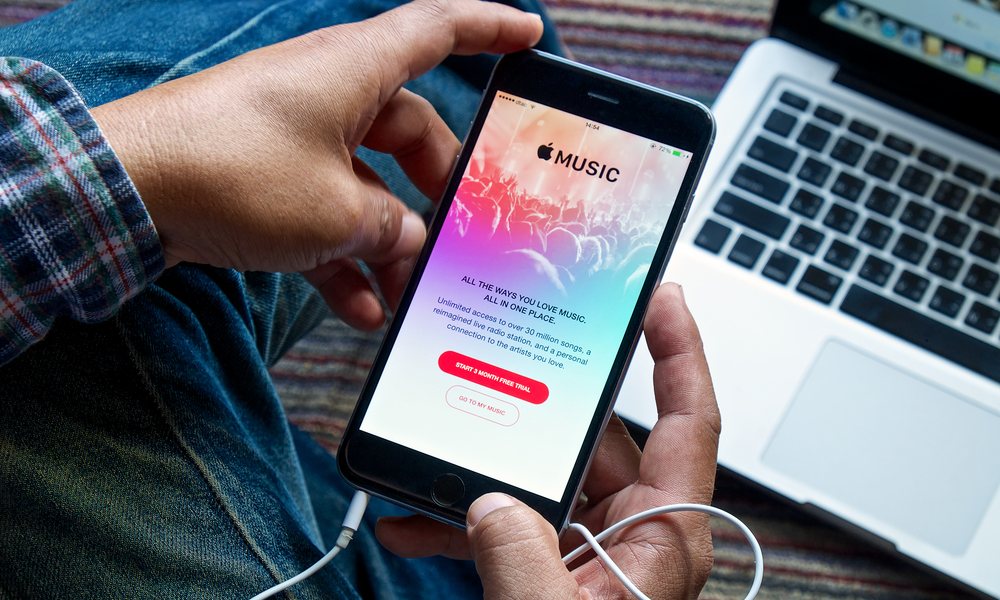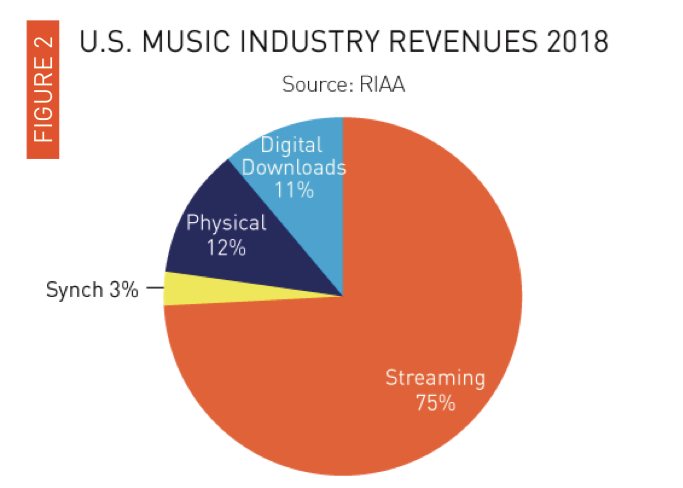Music Fans Now Buy More Vinyl than Digital as Streaming Dominates and iTunes Music Sales Die
 Credit: mrmohock / Shutterstock
Credit: mrmohock / Shutterstock
Toggle Dark Mode
In a strange but not surprising twist, the rise of music streaming services like Apple Music and Spotify have actually put the sales of physical media such as vinyl records and CDs back on top as the number one source of revenue from purchased music.
While the iTunes Store once dominated the music industry, accounting for almost a quarter of all music sales only ten years after it launched, its growth began to taper off as music streaming services like Spotify and Rdio came into existence, followed of course by Apple’s own Apple Music service, which provided a direct alternative to iTunes purchases — a $10/month plan that provided access to essentially the same music library, through the exact same apps.
So with Apple effectively cannibalizing its own sales on the iTunes Store, it was pretty much expected that digital sales of music were going to begin to decline. In fact, a specious rumour back in 2016 even went so far as to suggest Apple was making plans to terminate music download sales by 2019. Apple flatly denied the specifics of that rumour — the timeline in particular — but stopped short of ruling out the possibility that the traditional iTunes Music Store might eventually be shut down.
It seems likely that executives within Apple have been discussing this possibility for some time, however — Apple CEO Tim Cook is well known for his long-term strategic thinking — which makes the rumoured timeline particularly prescient. While Apple likely didn’t make any firm plans to shutter iTunes music downloads, sources of the rumour were probably aware of internal discussions that pegged 2019 as the tipping point.
In fact, the sharpest decline in music download sales began a year ago, with Digital Music News reporting an almost 30 percent drop over the first half of 2018, suggesting that music downloads were “nearing extinction” in favour of streaming services. This decline naturally continued over the course of 2018, and as of this week, the RIAA has revealed that downloads made up only 11 percent of the revenue for U.S. labels last year, a decrease of between 25 and 28 percent, and dropping below the sales of physical media such as CDs and vinyl records, which came in at 12 percent.
However, physical media sales also saw a significant drop of 23 percent from the year before, although CD sales bore the serious brunt of that, dropping below the one billion dollar mark for the first time since 1986 — two years after the format was introduced. On the other hand, sales of vinyl records actually increased by 8 percent in 2018, reaching the highest level since 1988. Vinyl in fact made up more than one-third of the revenue from physical formats.
Ultimately, however, there’s been a massive decline in permanent music sales overall in 2018, while “double-digit growth” was driven by music streaming services, which collectively accounted for more than 75 percent of all music revenue in the U.S. The bulk of this came from actual full paid subscriptions to services like Spotify and Apple Music, while “limited tier” paid subscriptions — services like Amazon Prime and Pandora Plus that lack full mobile access or have other restrictions — came in second.
While ad-supported on-demand services accounted for a third of all streams in the U.S. last year — more than 400 billion songs — the revenue from them only accounted for 8 percent of the overall revenue for 2018. Digital and customized radio services like Pandora, SiriusXM, and iHeartRadio also grew significantly, exceeding one billion dollars for the first time ever.
Meanwhile, permanent downloads seem more than ever at risk of extinction, which could make the 2016 rumours of the iTunes Store’s demise seem all the more prescient. However, the U.S. music industry still pulled in almost a billion dollars from digital downloads of music — numbers that are still impressive by themselves, and it’s a safe bet that the bulk of this came from iTunes.
While the revenue from iTunes music sales may be dropping to a rounding error on Apple’s balance sheet, the iTunes Store uses most of the same infrastructure as Apple Music, and essentially the same content library — it’s only due to licensing restrictions that there are any distinctions at all between the music available on each service. This makes the iTunes Store a relatively low-cost operation for Apple to maintain. Despite the rumours of its demise, there’s little incentive for Apple to stop selling music on the iTunes Store as long as even a relatively small number of music fans are still buying. Further, with streaming services like Apple Music reaching maturity, it’s possible that the decline in digital music sales has reached its lowest point and may now begin levelling off.







